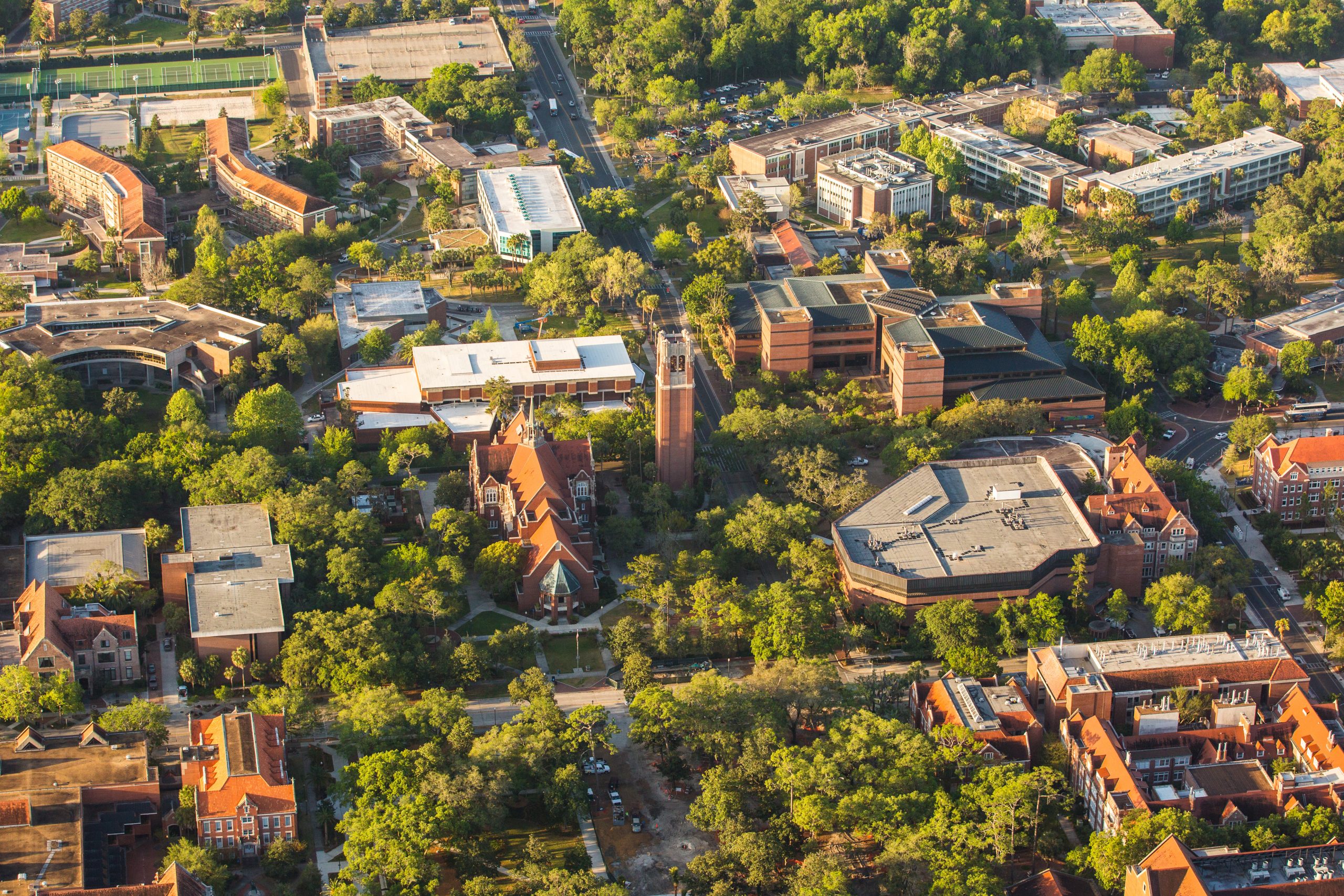
AED Procedures
Step 1: EHS Approval for AED Purchase
The University requires departments to contact EHS and submit an email request to aed@ehs.ufl.edu for approval of an AED purchase.
EHS will provide guidance and information on models and unit requirements.
In addition, EHS will provide guidance on decommissioning and recycling an outdated AED.
AED Purchasing Information
AED Vendor List
AED Decommissioning and Recycling Information
Step 2: AED Registration
- Contact AED vendors and purchase the AED.
- Designate primary and alternate contact who will be responsible for the management of the AED program for the department or unit.
- Once AED is installed, register the Automatic External Defibrillator (AED) by adding the new AED information at https://apps.ehs.ufl.edu/cor/devices .
- Contact EH&S at aed@ehs.ufl.edu to let us know a new AED is placed.
Step 3: Develop a Program
When the AED is received you should:
- Provide or arrange training in CPR/AED for staff listed in the program.
(NOTE: University of Florida Policy: “All persons who use an automated external defibrillator are strongly encouraged to obtain appropriate training, to include completion of a course in cardiopulmonary resuscitation or successful completion of a basic first aid course that includes cardiopulmonary resuscitation training and demonstrated proficiency in the use of an automated external defibrillator”).
Equipment
First-Aid and Bleed Kits are available from numerous suppliers. The size and scope of the facility should be reflected in the amount and contents of each kit. If in doubt, please contact EH&S for assistance.
Training
- CPR/AED Training is strongly recommended.
- Establish and maintain a departmental quality assurance program.
- Ensure that inspections and maintenance are conducted and documented in a timely manner and in accordance with service manuals provided by the manufacturer.
Here are a few companies that have connected with EH&S and could provide on-site CPR/AED Training:
- American Red Cross – Leonora Creary, 1-800-816-3489, leonora@sflhealthcareinstitute.com
- Cintas Corporation – Michael Kerr, Cell: 813-469-4138, KerrM@cintas.com and Rachel Bosworth, Cell: 850-803-4766, BosworthR@cintas.com, www.cintas.com/education Purchase of Equipment, Onsite Maintenance Programs, CPR/AED Training
- Miami First Aid- Ruben Rayneri, Cell: 305-989-4018, rrayneri@miamifirstaid.com, www.MiamiFirstAid.com
- UF Rec Sports – Michelle December, 352-273-2404, mdecember@ufl.edu
American Red Cross First Aid/CPR/AED blended learning courses on-site at the Southwest Recreation Center. First Aid/CPR/AED (Blended Learning)
Step 4: Changes to departmental AED program
- Notify EH&S about changes in departmental contact.
- Contact EH&S for suggestions, or refer to AED Vendor List but departments can purchase AEDs, replacement batteries, pads and other supplies from any vendor.
- Notify EH&S within 24 hours of an incident or possible use.
References
